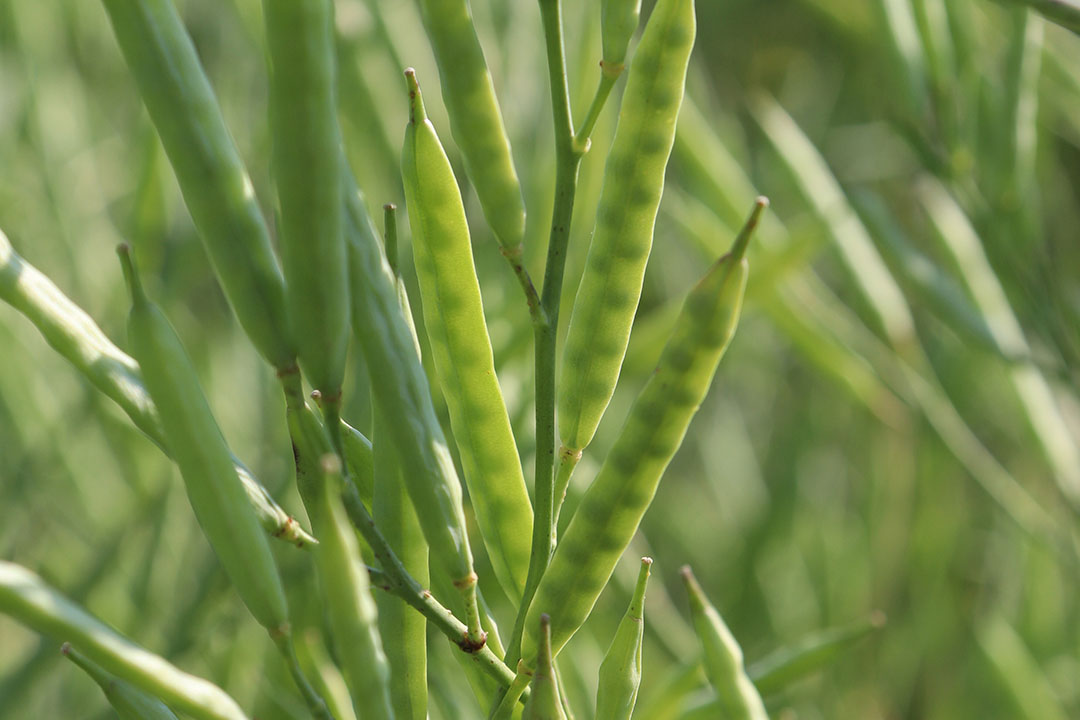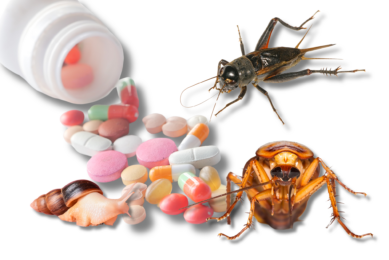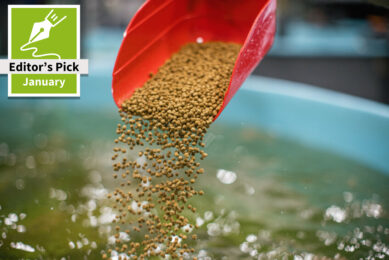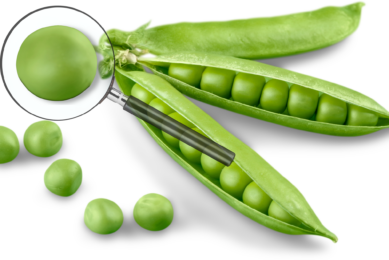Carinata meal: Taking sustainability to a new level

The meal from this exciting highly-sustainable crop is expected to make further inroads in animal feed for a wide range of reasons.
Carinata, also known as Ethiopian mustard, is a cousin of canola – and a true oilseed ‘wonder crop’ with the potential to take sustainability to a whole new level in several industries, including animal feed. If you haven’t yet heard much about it, let me introduce you to it.
The meal, which is non-GMO, has high levels of protein, making it an attractive protein ingredient in animal feed, but especially attractive in the European market which currently prohibits GMO products. Biofuel made from its oil has already been used in commercial jet flights (the oil is not suitable for human consumption due to high levels of erucic acid) and its fibre is being actively explored as a source of renewable biomass for power generation.
Carinata: The verstile crop
The crop itself is hardy and fast-growing, with extremely deep roots that make it very drought tolerant. It can be grown over winter as a cover crop, and thus does not interfere with growing food crops. (Actually, through the many benefits of cover crops such as erosion control that it provides, carinata boosts the success of the food crops that follow it.) What’s more, seed loss is minimal during harvest. It’s no surprise then that there is a lot of activity designed to increase the carinata acreage in the US, South America, Europe and Australia.
![]() New Proteins
New Proteins
Find out more about some of the protein alternatives for soy that are currently seen as promising for livestock and fish diets.
Let’s take a closer look at carinata for livestock feed
Carinata meal is so far the only protein product derived from any crop certified by the ‘Roundtable on Sustainable Biofuels’ (RSB), a global group of businesses (including Agrisoma), non-governmental organisations, academics, government and United Nations organisations that supports the sustainable production of biomaterials. According to RSB member and global crop genetics company Agrisoma, “certain carinata varieties have up to 46% protein content, putting it on par with the most widely-used, best sources of protein in the feed world.” The meal has already been approved as a feed ingredient for beef cattle by the Canadian Food Inspection Agency, US Food and Drug Administration and the European Food Safety Authority.
 Soya alternatives in dairy rations
Soya alternatives in dairy rations
SAC Consulting, part of SRUC, has been exploring the use of alternative, high-performing proteins in dairy feed rations for farmers.
With partners, Agrisoma is working to attain feed approvals for poultry, dairy, pigs and aquaculture species. In December 2019, a deal between Agrisoma and another global crop genetics firm called Nuseed was announced. Agrisoma’s proprietary carinata germplasm, patents and regulatory data were sold to Nuseed and several of Agrisoma’s carinata/biofuel experts were part of the agreement. Nuseed’s carinata breeding team is based in Saskatchewan, Canada. Because carinata has a ‘soft’ seed, both its oil and meal components have “great application” in livestock feed, explains Nuseed’s Carinata Business Development Manager Alex Clayton. “We have prioritised a number of elements in our breeding to optimise the meal fraction for animal nutrition,” he reports. “Breeding for yellow-to-light-brown seed coat colour has resulted in a meal with lower fibre content and, as a result of selecting for consistently high protein content, Nuseed carinata generally has higher protein content than other small oil seeds.”
Research on carinata meal
In 2019 in the journal Animals, a team from the University of Florida, the US Dairy Forage Research Center and the Instituto de Zootecnia in Brazil found that in ruminants, carinata meal has protein digestibility similar to soybean meal and its crude protein degrades very well in the rumen. “No negative effect on animal performance was observed,” the scientists state, “when feeding carinata meal at up to 10% of the total diet.” Carinata meal contains glucosinolates which do, as seen in this study, limit its percentage in animal feed, but breeding for lower levels of this substance started at least two decades ago and is ongoing.
In 2019, US researchers published several papers on carinata meal. In one of them, they found that feeding the meal as a protein supplement at 0.3% of body weight of growing beef heifers per day “is a viable option for increasing average daily gain without affecting attainment of puberty, thyroid hormone status or eliciting an acute phase response.” In another paper from last year, it was found that carinata meal “performed similarly to commonly-used protein supplements, indicating its viability as a protein supplement for beef cattle.”
This year, other researchers published results showing that carinata grown with certain nitrogen fertiliser levels in the southeastern US provides maximum seed and oil production. In another 2020 paper, cultivation of various carinata genotypes was examined and found to have “potential as a viable bioenergy winter crop to be integrated into the cropping systems in the Southeastern US and other regions of the world.” Many of these scientists belong to a US organisation called the Southeastern Partnership for Advanced Renewables from Carinata. This group believes that “in the southeastern US, carinata can be produced as a cool-season crop covering millions of acres of winter fallow land,” providing renewable energy and “a high-protein feed source for livestock.”

Nuseed activities
Clayton believes that the certified sustainable production of Nuseed carinata is a particularly important trait nowadays. “Our primary production region is currently in South America, where we see the potential for millions of acres of Nuseed carinata cover cropping,” he says. “There is an equally large opportunity in North America as well, and development is underway to optimise has and identify cropping strategies for both Europe and Australia.” In Europe, in July this year Nuseed announced a “commercial off-take agreement” with Saipol, the largest biodiesel producer in Europe, to supply Nuseed carinata as a feedstock for certified low-carbon oil for renewable fuels, and high protein non-GMO meal for livestock feed. This multi-year agreement follows the first commercial Nuseed carinata shipment from Argentina to Saipol’s crush plant in France in June.
Carinata’s breeding potential
In terms of where carinata’s breeding potential now stands in relation to reducing glucosinates and other traits, in a July 2020 paper in the journal Nature, a team of geneticists assessed this. They published the results of an extensive analysis of carinata genetic diversity that involved sourcing germplasm from around the world. Regarding the potential to make breeding progress with this crop, the scientists concluded that “while specific traits can be targeted for selection, further use of related species may be necessary to increase the levels of available genetic diversity.”











